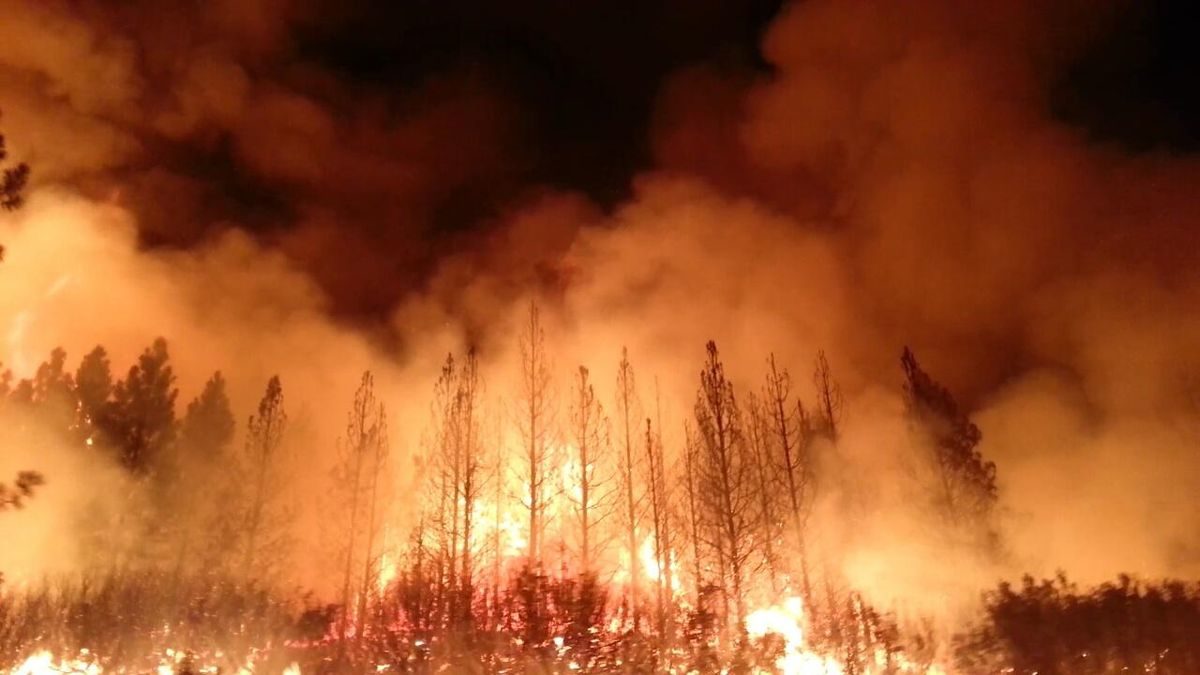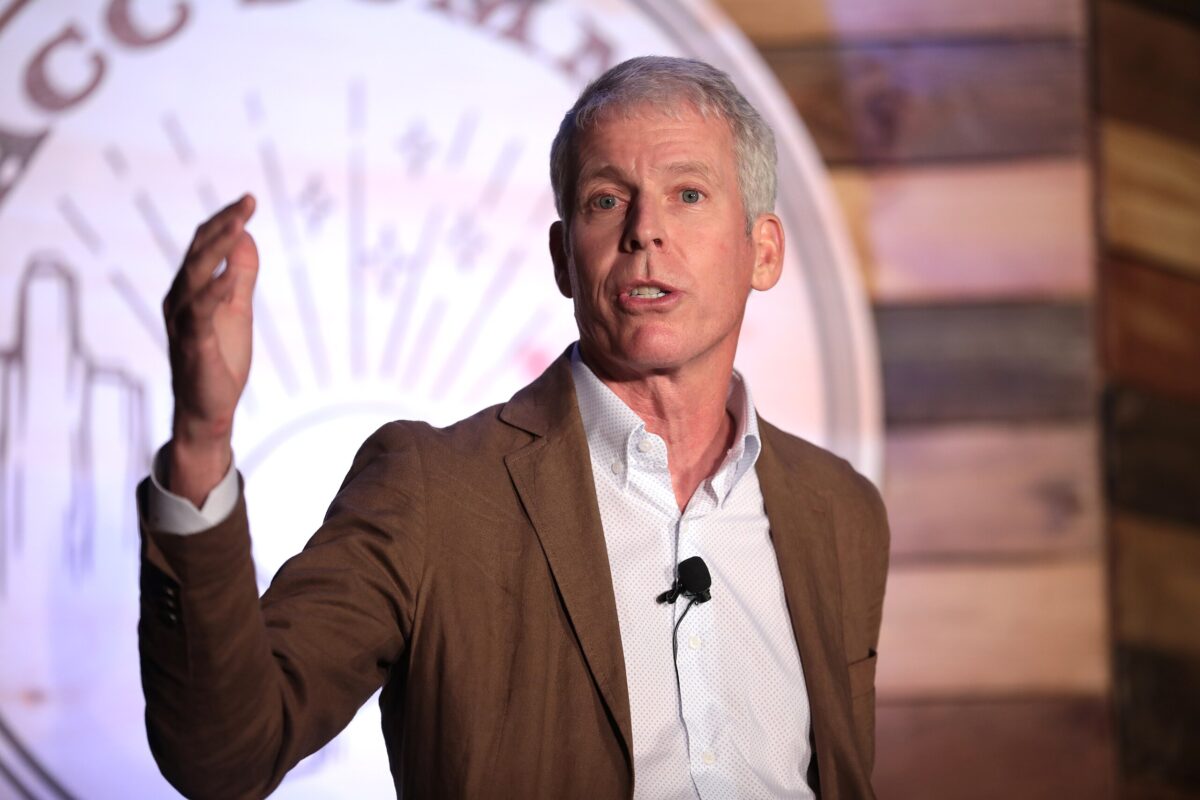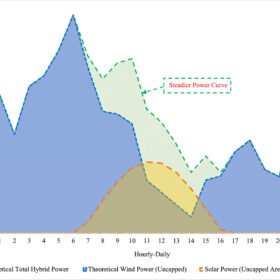Pacific Gas & Electric Company (PG&E) has not had a good month. CEO Geisha Williams stepped down yesterday, and today the company announced that it will voluntarily file for Chapter 11 bankruptcy on January 29. Rumors of this have been swirling for months, as the utility is potentially on the hook for billions of dollars in liabilities from the recent wildfires in the state, and the utility says that it intends to use the proceeds from the reorganization to pay off liabilities related to wildfires.
PG&E notes that it expects to have $5.5 billion in debtor-in-possession financing secured by the time that it files, and expects to continue operations as usual during its reorganization.
This is only the latest trouble for PG&E. On the Friday before Christmas the the California Public Utilities Commission (CPUC) announced an investigation into PG&E’s safety culture through its corporate governance, which the San Jose Mercury News says could involve replacing the utility’s board, breaking it up into smaller parts or turning it into a public agency.
Topaz downgraded
It turns out that the problems that the utility is having are already affecting solar projects.
Last week S&P Global Ratings cut the credit rating of the 550 MW Topaz Solar Farm to junk status. PG&E is the sole off-taker for the project, which it has brought down from B to BBB- status. S&P has also said that it may make further cuts to its rating in the future, and noted that PG&E may face as much as $30 billion in liabilities.
S&P is quoted by Bloomberg as stating that “Any potential threats to the company can have wide-reaching ripple effect,” which could be of great concern to other solar projects. According to Bloomberg Fitch had already cut ratings for the project based on PG&E’s liabilities.
There is a bit of an irony that one of the arguments for large investor-owned utilities is that they provide an entity large and stable enough to be a credit-worthy offtaker for long-term contracts. And while its sheer size makes Topaz one of the largest projects to be affected, there are significant concerns given that PG&E holds contracts with gigawatts of solar projects.
pv magazine USA has not been able to get leading figures in California’s solar industry to comment on what a potential breakup for PG&E would mean for the state’s solar market. However, PG&E was already facing the existential threat of an the increasing number of community choice aggregators (CCAs) which are taking over procurement in large parts of its service area and threatening to make the utility irrelevant.
pv magazine USA will continue to provide news on the fate of PG&E and the projects which hold contracts with it, as the story develops.
This content is protected by copyright and may not be reused. If you want to cooperate with us and would like to reuse some of our content, please contact: editors@pv-magazine.com.









This will end up in the hands of regulators who will make sure that power will flow to PG&E’s customers. It also means that those seeking relief from damages caused by the fires may have to take a low ball settlement. In any event, power will continue to flow from solar and wind farms that supply PG&E’s customers, and those suppliers will still be paid.